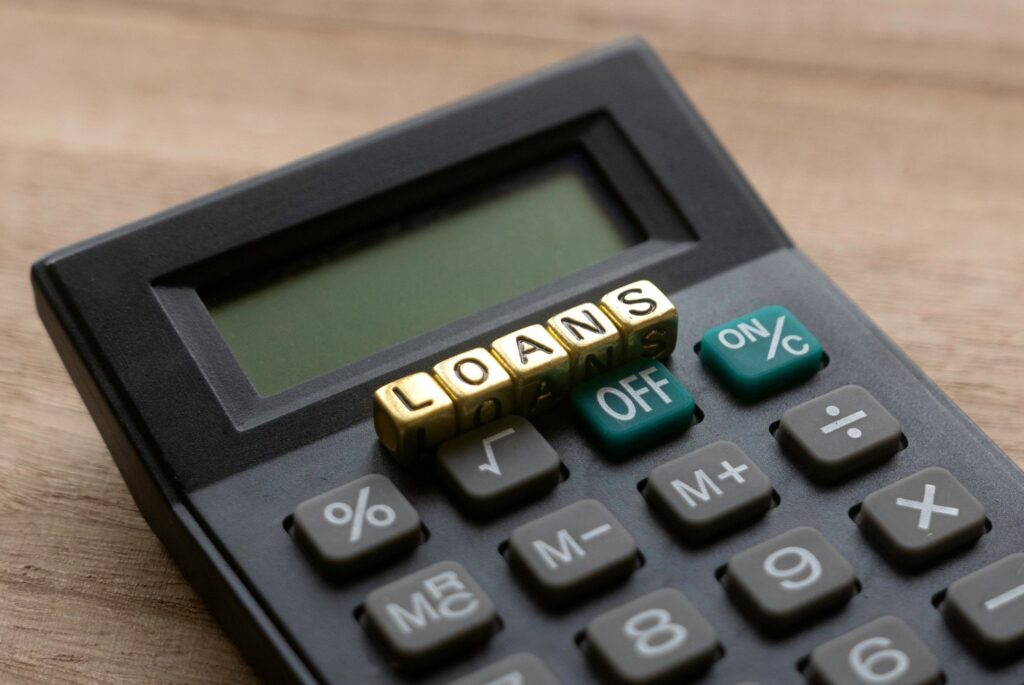Student loan forgiveness is a topic that has been gaining a lot of attention lately and for good reason. With so many people struggling to pay off their student loans, it’s essential to understand the options available for forgiveness.
In this article, we’ll explore student loan forgiveness, how it works, and who may be eligible for it. So, let’s get started!

What Is Student Loan Forgiveness?
Student loan forgiveness is a program that allows borrowers to have some or all of their student loan debt forgiven or discharged. This program is usually available to those who work in specific public service jobs. This includes teachers, nurses, and government employees, or those who meet certain income requirements.
Student loan forgiveness aims to help borrowers manage their debt. Thus, making it easier for them to pursue their careers and future goals without being burdened by student loan payments.
Who Is Eligible For Student Loan Forgiveness?
Several criteria determine who is eligible for student loan forgiveness. Generally, individuals who work in certain public service fields, such as teaching or government, may be eligible for loan forgiveness after several years of service.
Additionally, individuals who participate in certain income-driven repayment plans may also be eligible for loan forgiveness after a certain number of years of payments.
Note that eligibility requirements may vary depending on the type of loan and the forgiveness program. It’s always best to consult with your loan servicer or a financial advisor for specific information on your eligibility.
Can Private Student Loans Be Forgiven?
Unfortunately, private student loans typically cannot be forgiven like federal student loans. However, some options are available such as refinancing or negotiating a lower payment plan with the lender.
Keep in mind that private student loans often have higher interest rates and less flexible repayment options compared to federal loans. Make sure to thoroughly research and understand the terms and conditions of any private student loans before taking them out.
Types Of Student Loans
Several types of student loan forgiveness programs are available to help borrowers manage their debt.
One option is the Public Service Loan Forgiveness Program, which forgives the remaining balance on federal loans after 120 qualifying payments while working for a qualifying employer.
Another option is the Teacher Loan Forgiveness Program. It forgives up to $17,500 in federal loans for teachers who work in low-income schools for five years.
Additionally, the Income-Driven Repayment Plan can provide forgiveness after 20-25 years of on-time payments based on income and family size.
Individuals interested should research and understand each program’s eligibility requirements and potential tax implications before applying.
How To Apply
You’ll need to follow a few steps to apply for student loan forgiveness. First, determine if you qualify for forgiveness based on your specific circumstance.
Then, gather all necessary documentation and complete the appropriate application forms. The forgiveness process can take time and may require additional information or documentation. It’s always a good idea to stay informed and keep track of your progress throughout the process.
The Length Of The Process
The time it takes to get student loans forgiven depends on the specific forgiveness program and the individual’s situation.
Some programs, such as Public Service Loan Forgiveness, require the borrower to make certain qualifying payments before the remaining balance is forgiven, which could take ten years or more.
Other programs, such as Teacher Loan Forgiveness, may forgive a portion of the loan after several years of service in a qualifying position. Some programs may also have a waiting period before forgiveness takes effect.
How Much Can Be Forgiven?
The amount of student loans that can be forgiven depends on the specific forgiveness program and the individual’s situation.
Forgiveness programs may generally forgive some or all of the remaining balance of eligible federal student loans after a certain number of qualifying payments or years of service.
For example, the Public Service Loan Forgiveness program forgives the remaining balance of eligible federal loans after the borrower has made 120 qualifying payments while working full-time for a qualifying employer.
The Teacher Loan Forgiveness program forgives up to $17,500 of eligible federal loans for teachers who have worked full-time for five complete and consecutive academic years in certain low-income schools or educational service agencies.
Some other forgiveness programs have different eligibility requirements and may forgive an additional amount of the loan.
Tax Implications
Regarding student loan forgiveness, there are some significant tax implications to consider. Generally speaking, if you have your student loans forgiven, the amount will be considered taxable income.
This means that you must report it on your tax return and pay taxes on it accordingly. However, this rule has some exceptions, such as when loan forgiveness is granted due to the borrower’s death or disability.
It’s essential to consult with a tax professional to fully understand the tax implications of student loan forgiveness and to ensure you properly report any forgiven amounts on your tax return.
Credit Score
Student loan forgiveness can have a positive impact on your credit score. When your loans are forgiven, you no longer owe that debt, which can lower your debt-to-income ratio and improve your credit utilization rate.
However, if you had missed payments or defaulted on your loans before they were forgiven, those negative marks may still appear on your credit report for several years.
Overall, student loan forgiveness can be an excellent opportunity to improve your financial situation and credit score. Nonetheless, you need to stay on top of your payments and credit report in the meantime.
Is It The Right Choice For You?
When it comes to student loan forgiveness, it genuinely depends on your individual financial situation. For some people, having their student loans forgiven can be a huge relief and allow them to get back on their feet financially.
However, for others, it may not be the best option and could cost them more money in the long run. It’s necessary to carefully consider your financial situation and weigh the pros and cons before deciding. Furthermore, talking to a financial advisor or expert for personalized advice is always a good idea.
Final Thoughts
In conclusion, student loan forgiveness is a process through which borrowers may have some or all of their federal student loan debt forgiven.
Various forgiveness programs are available, each with its own eligibility requirements and forgiveness amount. While student loan forgiveness can provide significant relief to borrowers struggling with high levels of debt, it is vital to understand the specific requirements of each program and to meet them in order to qualify for forgiveness.
Overall, student loan forgiveness can be a helpful solution for borrowers who meet the eligibility criteria and seek relief from their student loan debt burden.



